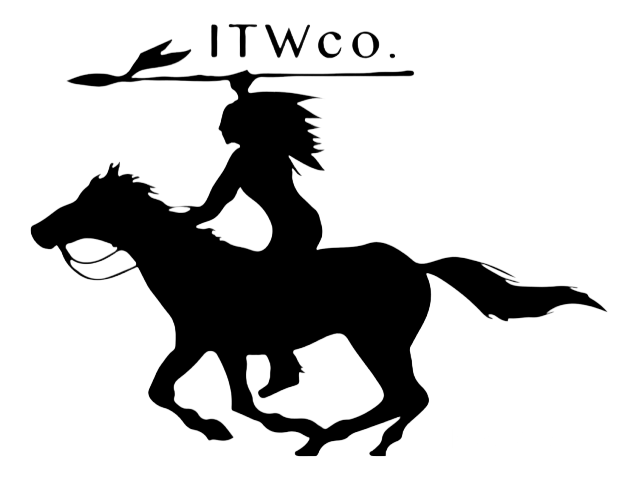‘Opihi (Hawaiian limpets) are fascinating little creatures with a deep cultural and ecological importance in Hawaiʻi.
🌊 1. They’re extreme wave warriors.
ʻOpihi cling to the wave-battered rocks along Hawaiʻi’s shorelines, often in areas so dangerous they have a saying: “He ʻopihi kū i ka heʻe nalu” — “an ʻopihi that stands against the surf.” People who harvest them (called ʻopihi pickers) risk their lives because of the strong waves and slippery rocks.
🌀 2. They’re not just one species.
There are three main species of ʻopihi in Hawaiʻi:
- ʻOpihi makaiauli – found higher up on the rocks, darker in color.
- ʻOpihi ʻālinalina – golden-colored and found in the mid-tide zone.
- ʻOpihi kō‘ele – the largest and rarest, living lower down near the waterline.
⏳ 3. They are slow-growing and vulnerable.
ʻOpihi can take 2+ years to reach harvestable size, and overharvesting has led to big population declines in some areas. Traditional Hawaiian management used kapu (seasonal bans) to let populations recover.
🍽️ 4. They’re a cultural delicacy.
ʻOpihi are eaten raw, cooked, or pickled — sometimes called “the Hawaiian escargot.” In local gatherings, they’re considered a special treat.
🔒 5. Their grip is incredible.
ʻOpihi use a muscular “foot” that creates suction so strong they can withstand crashing waves that would sweep almost anything else away.
🌱 6. They’re ecosystem engineers.
By grazing on algae, ʻopihi help keep intertidal zones healthy and prevent algal overgrowth that would smother other organisms.
📜 7. They’re part of Hawaiian proverbs and identity.
ʻOpihi symbolize steadfastness, resilience, and sometimes stubbornness — a person “stuck like ʻopihi” can mean someone loyal or hard to move.

